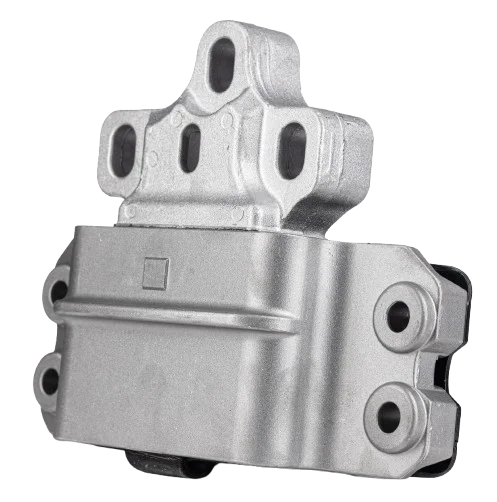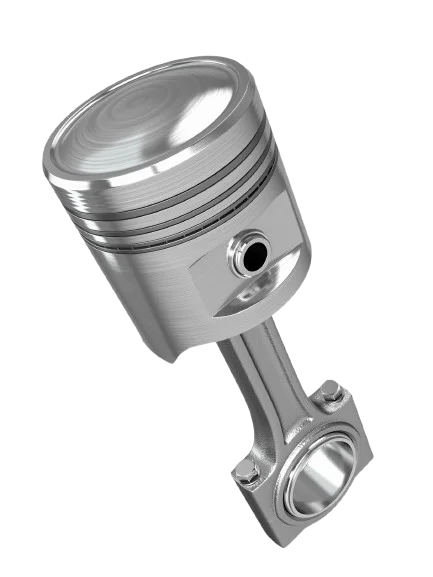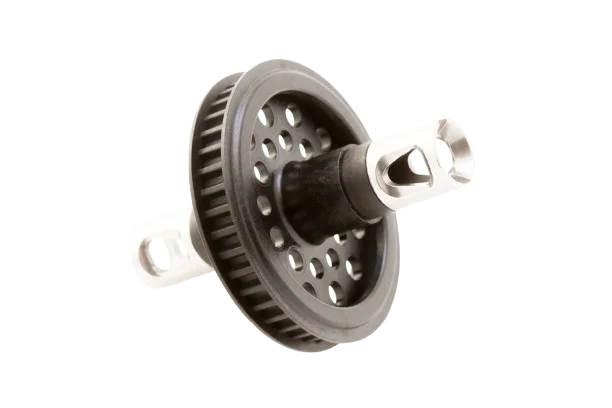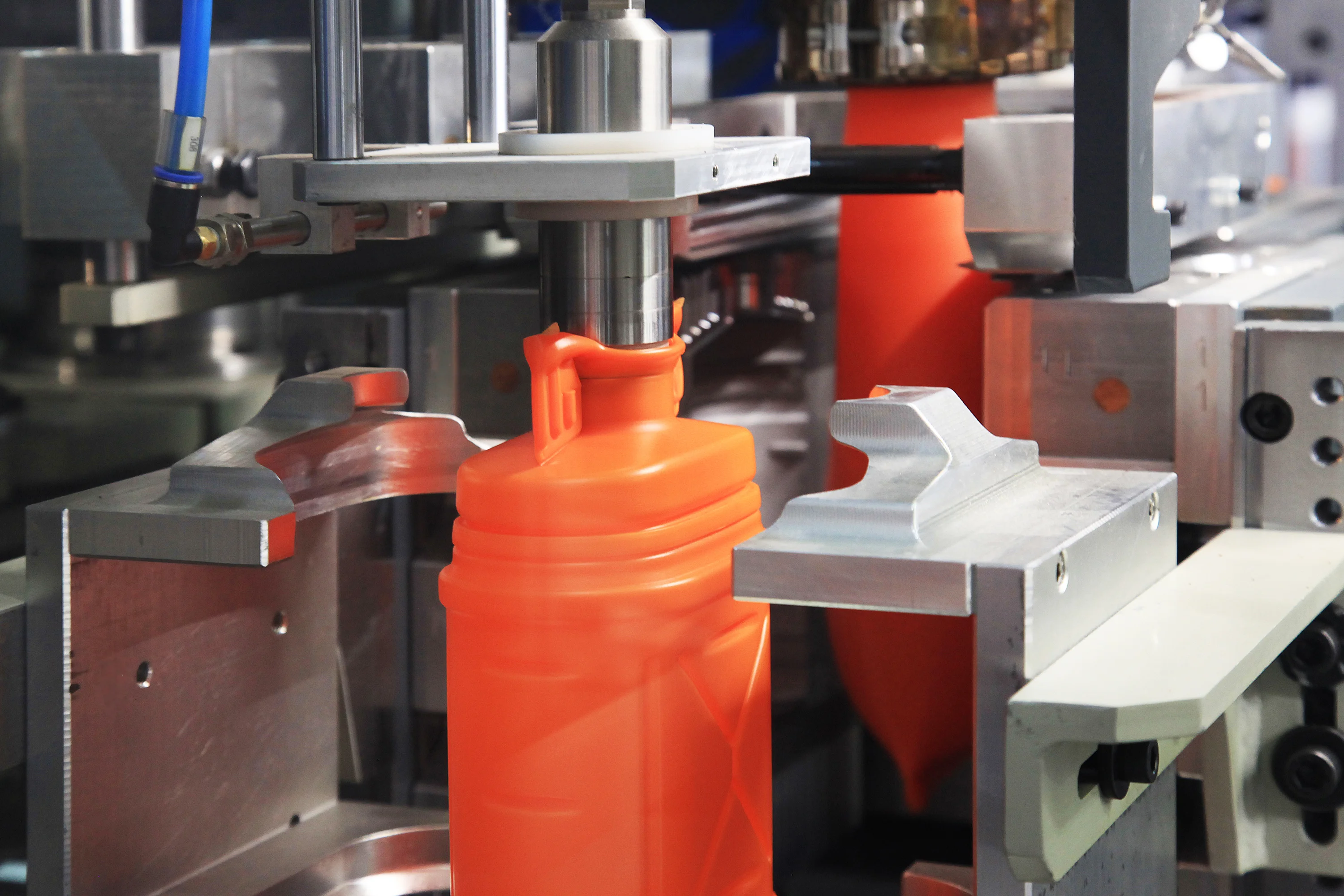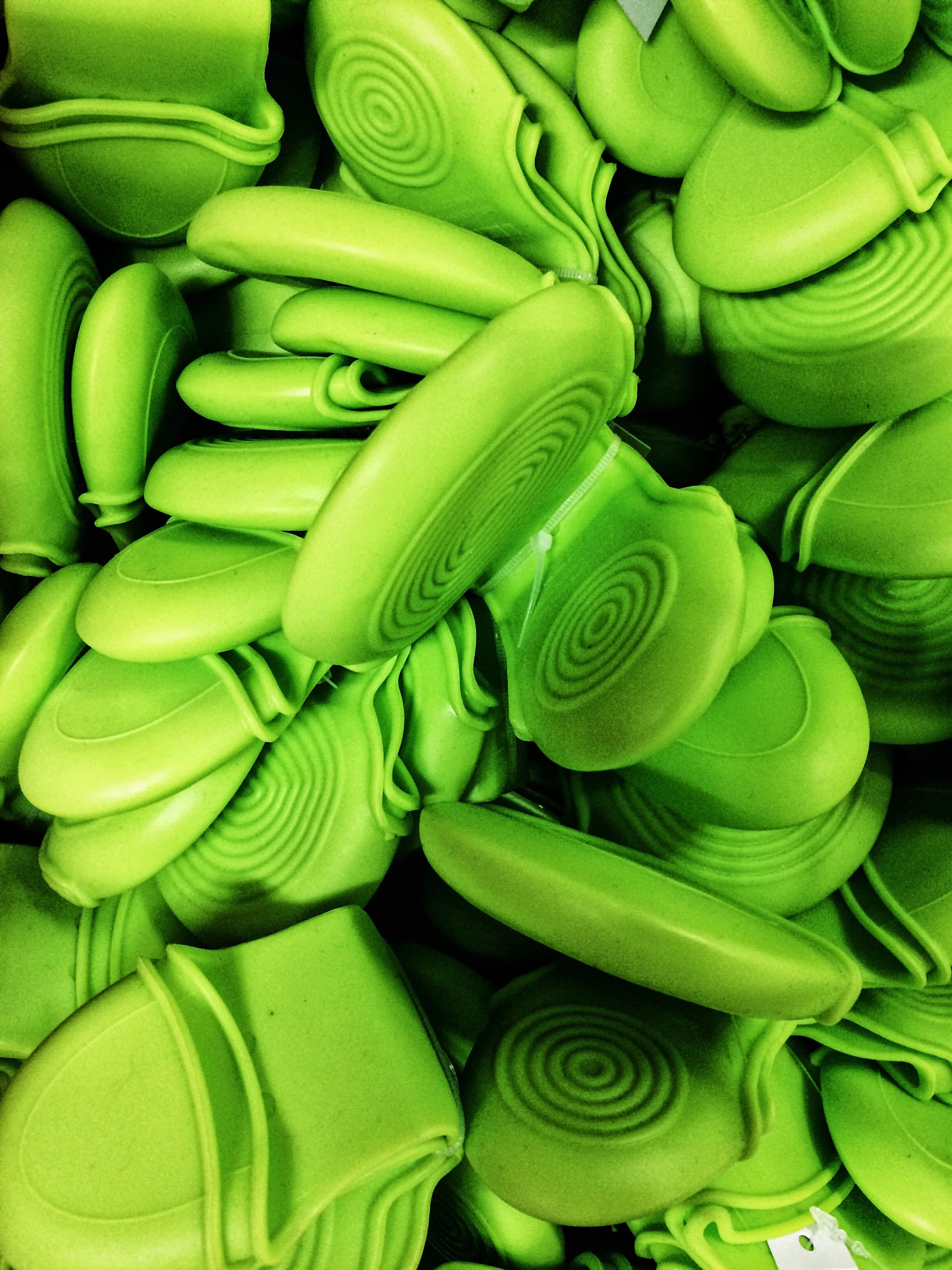Injection Molding
Get custom Injection molded prototype and production parts in just 15 working days. Our injection molding capabilities allow us to mass produce components using different plastic materials.
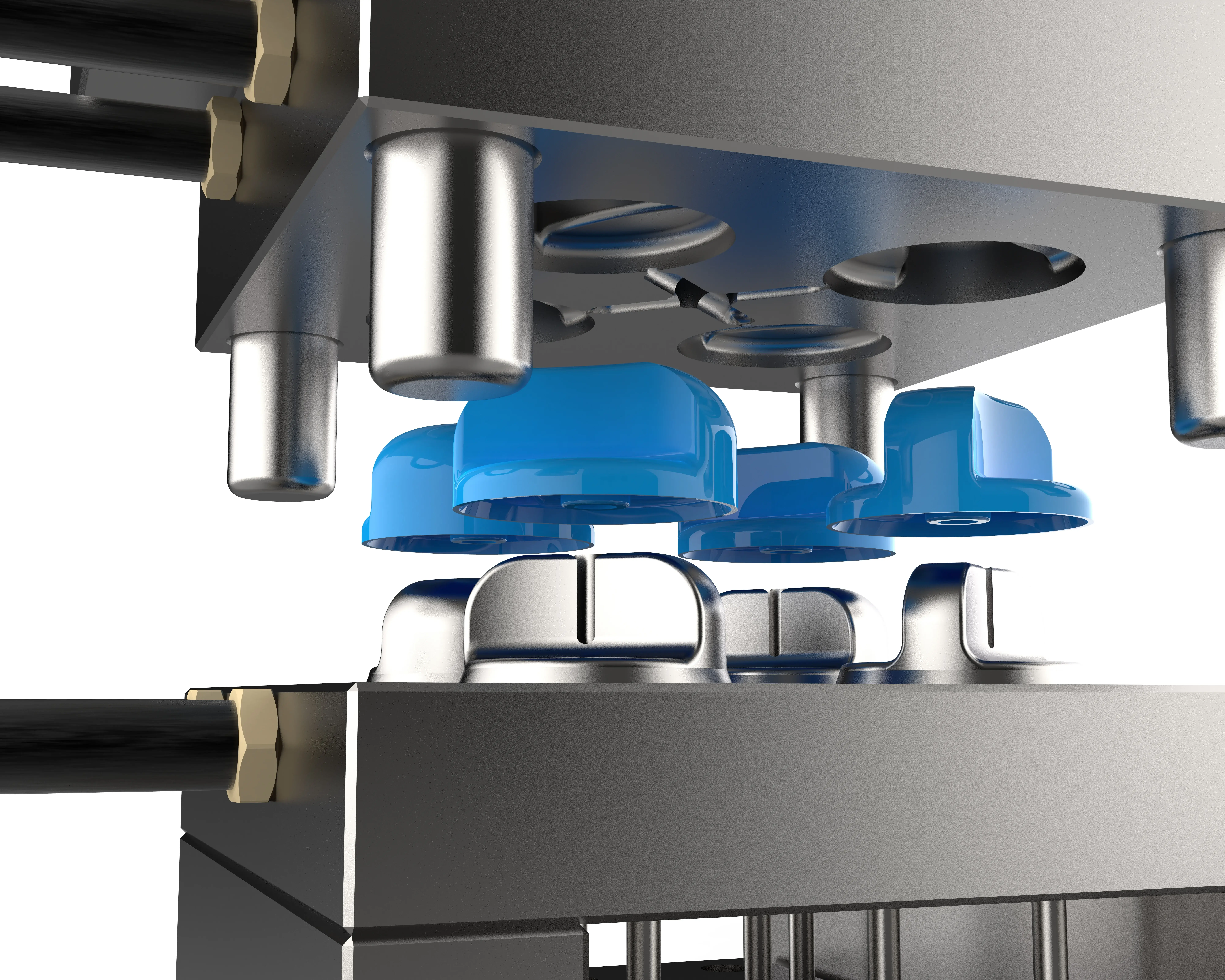
Trusted by more than 10,000 engineers and procurement leaders
What Is Injection Molding?
Zeometrix specializes in delivering fast, reliable, and cost-effective injection molding services. Injection molding is a highly efficient production process that involves injecting molten plastic into molds under pressure to create functional parts. Our injection molding capabilities allow us to mass produce components using different plastic materials. The production volume can range from a few thousand to millions of parts, depending on the tool type. These injection molded parts find applications in diverse industries, including automotive, consumer goods, and medical devices.
The versatility of injection molding enables us to produce parts in a wide range of sizes and complexity. It excels in capturing small features, intricate geometries, and thin walls with precision. Additionally, we offer post-processing options such as painting and texturing to enhance the appearance and surface finish of the injection-molded components. Our goal is to provide you with high-quality parts that meet your specific requirements in terms of functionality, aesthetics, and performance.
Injection Molding Capabilities
| Service | Details |
|---|---|
| Materials | ABS (Acrylonitrile Butadiene Styrene), PC (Polycarbonate), PP (Polypropylene), PE (Polyethylene), PA (Polyamide/Nylon), POM (Polyoxymethylene), PEEK (Polyether Ether Ketone), PET (Polyethylene Terephthalate), PSU (Polysulfone), PPS (Polyphenylene Sulfide), LDPE (Low-Density Polyethylene), PMMA (acrylic) |
| Machine Capacity | Up to 165 |
Our advanced molding and tooling capabilities
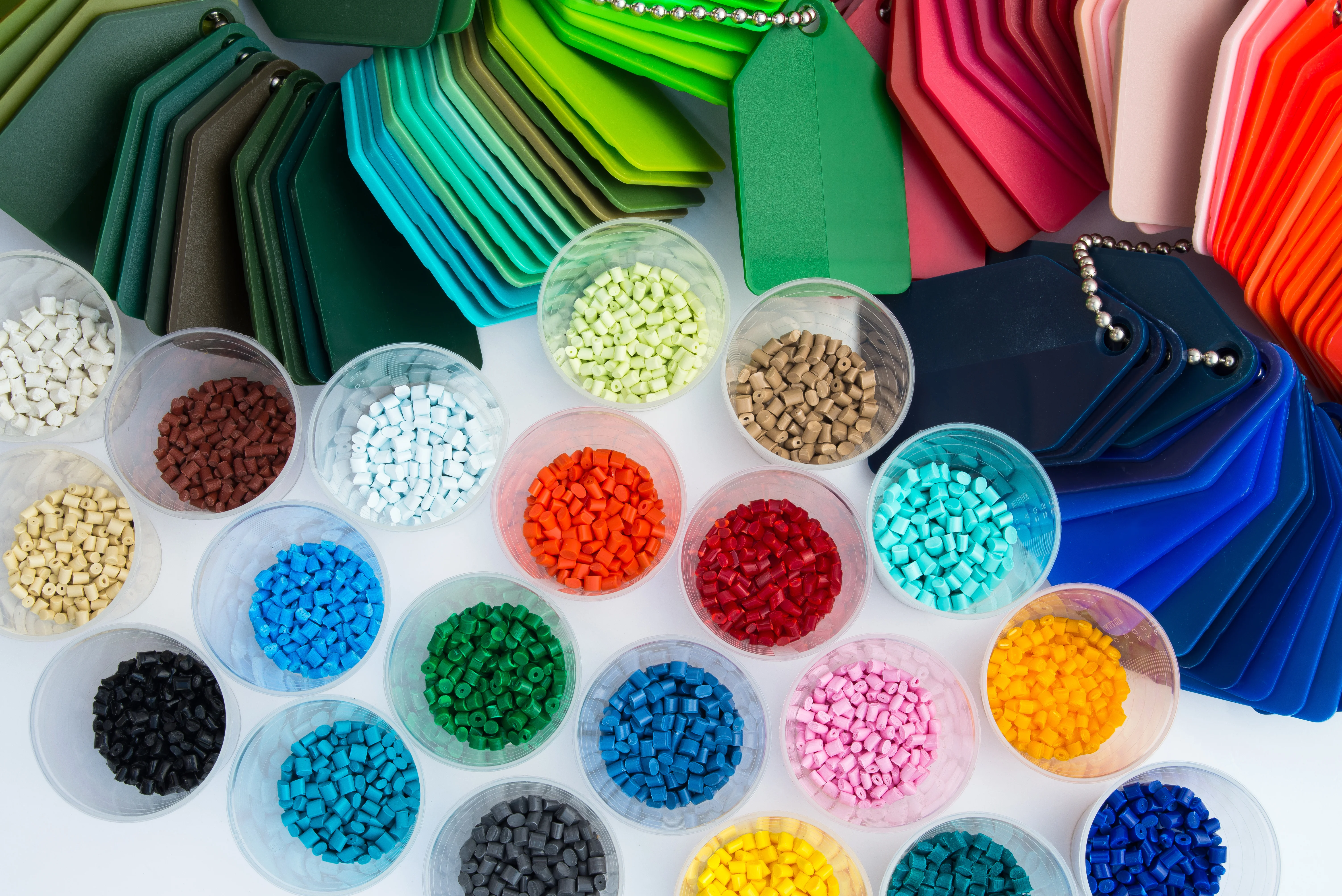
Zeometrix offers an extensive range of specialized tools and molding capabilities to manufacture complex products.
INSERT MOLDING: Zeometrix excels in the production of injection molded components that incorporate metal parts like screws and bolts within the part itself. This eliminates the need for separate fasteners, enhancing both strength and assembly efficiency.
OVERMOLDING: The overmolding technique involves molding plastic over an existing component. The initial component is molded inside an injection mold and then placed into a second mold to apply the over-molded material. This process enables the production of parts with intricate geometries.
2K MOLDING: Zeometrix employs 2K injection molding for plastic parts that require two different colors or materials in a single component.
MULTI-CAVITY MOLDS (UP TO 128 CAVITIES): Zeometrix has the capability to utilize multi-cavity molds, enabling faster production speeds and reducing the number of required production shots.
THREE-PLATE CONSTRUCTION (STRIPPER OR RUNNERPLATE): Zeometrix employs three-plate construction molds, which eliminate the need for hot runner systems and significantly reduce cycle time. This construction type provides better control over the parting line and minimizes wear caused by repeated mold opening and closing.
TWO-PLATE CONSTRUCTION: For simpler part designs, Zeometrix utilizes two-plate construction molds, which are suitable for straightforward designs that don't require the complexity of three-plate molds.
HOT RUNNER MOLDS: Zeometrix utilizes hot runner molds to produce injection molded parts, eliminating the need for runners. This allows for efficient use of recycled plastics, matching the cycle time of virgin polymers.
Injection Molding Machining Materials
-
What is injection molding?
Injection molding is a manufacturing process that involves injecting molten material, typically plastic, into a mold to create specific shapes and designs. This method is widely used for producing high volumes of identical parts with precision and efficiency. The process begins with heating the material until it becomes liquid, which is then injected into a mold cavity under pressure. Once cooled, the material solidifies into the desired shape. Injection molding is ideal for various applications, including automotive parts, consumer products, and medical devices, due to its ability to produce complex geometries at scale.
-
What materials are commonly used in injection molding?
Injection molding can utilize a wide range of materials, primarily thermoplastics and thermosets. Common thermoplastics include polyethylene (PE), polypropylene (PP), polystyrene (PS), and polyvinyl chloride (PVC), known for their versatility and ease of processing. Thermosetting plastics like epoxy and phenolic resins are also used for applications requiring higher heat resistance and durability. The choice of material depends on factors such as the desired strength, flexibility, chemical resistance, and cost considerations for the final product. Understanding material properties is crucial for achieving optimal results in injection molding.
-
What are the advantages of injection molding?
Injection molding offers several advantages that make it a preferred manufacturing method. It allows for high production rates, enabling manufacturers to produce large quantities of identical parts quickly and efficiently. The process ensures consistent quality and dimensional accuracy across all produced items. Additionally, injection molding supports complex designs with intricate details that may be challenging to achieve through other methods. It also minimizes waste since excess material can often be reused in future batches. Overall, these benefits contribute to lower per-unit costs in high-volume production scenarios.
-
How does the injection molding process work?
The injection molding process begins with the preparation of the mold, which consists of two halves: the core and cavity. First, raw plastic pellets are fed into a heated barrel where they are melted into a viscous liquid. This molten plastic is then injected into the mold cavity under high pressure using an injection unit. Once the material fills the cavity, it cools and solidifies into the desired shape. After cooling, the mold opens to eject the finished part. This cycle can be repeated rapidly for mass production of components.
-
What types of injection molds are there?
There are several types of injection molds used in manufacturing, each designed for specific applications. Cold runner molds use a channel system to guide molten plastic into the cavity but do not retain any excess material after ejection. Hot runner molds keep the plastic heated within channels to minimize waste and improve cycle times but have higher initial costs. Insert molds incorporate metal or other materials into plastic parts during the injection process. Understanding these mold types helps manufacturers select the right solution based on production needs and budget constraints.
-
What industries commonly use injection molding?
Injection molding is widely utilized across various industries due to its versatility and efficiency in producing complex parts. Key sectors include automotive, where it manufactures components like dashboards and housings; consumer goods, producing items such as containers and toys; electronics, creating enclosures for devices; and medical devices, producing critical components like syringes and surgical instruments. Additionally, industries such as packaging and construction benefit from injection molding's ability to create durable and precise parts at scale, making it an essential manufacturing process.
-
How long does it take to produce an injection mold?
The time required to produce an injection mold varies based on its complexity and specifications but typically ranges from 8 to 12 weeks. Factors influencing this timeline include design intricacies, material selection, and any necessary modifications during production. Initial steps involve creating detailed CAD designs followed by CNC machining or EDM processes to fabricate the mold components accurately. After assembly, testing is conducted to ensure proper functionality before it is ready for production runs. Effective communication with manufacturers can help streamline this process.
-
What are some common challenges in injection molding?
Common challenges in injection molding include issues related to part quality such as warping, sink marks, or surface defects caused by improper cooling or insufficient material flow during injection. Additionally, achieving precise tolerances can be difficult if molds are not designed correctly or if there are variations in material properties. Other challenges include managing cycle times effectively to maximize production efficiency while minimizing costs. Addressing these issues often requires thorough design analysis, careful material selection, and ongoing quality control throughout the manufacturing process.
-
Can injection molding be used for prototyping?
Yes, injection molding can be used for prototyping through methods like rapid tooling or soft tooling that allow manufacturers to create functional prototypes quickly without incurring high costs associated with full-scale production molds. These techniques enable designers to test form, fit, and function before committing to mass production tooling investments. Rapid prototyping helps identify potential design flaws early in development while providing valuable insights into how the final
-
What factors influence the cost of injection molding?
Several factors influence the cost of injection molding projects including material selection, mold complexity, production volume, and labor costs associated with setup and operation. High-quality materials may increase initial expenses but can enhance product durability over time while reducing defects during production runs. Complex designs requiring intricate molds will also incur higher tooling costs upfront but may yield savings through efficient mass production later on due to lower per-unit costs as volume increases.
-
How do I choose the right plastic for my project?
Selecting the right plastic for your project involves considering several factors including mechanical properties (strength, flexibility), thermal resistance (heat deflection temperature), chemical compatibility (exposure conditions), and aesthetic requirements (coloring options). It’s essential to evaluate how these properties align with your product's intended use while also factoring in cost considerations since different resins come at varying price points based on performance characteristics needed for each application.
-
Why choose Zeometrix for my injection molding needs?
Choosing Zeometrix for your injection molding needs ensures access to advanced technology combined with industry expertise tailored specifically towards meeting your project requirements efficiently while maintaining high-quality standards throughout production runs—whether short or large-scale—ensuring exceptional results every time! Our commitment includes optimizing processes that minimize waste while maximizing output so you receive reliable solutions that align perfectly with your business objectives.
Examples of Our Injection Molding Work
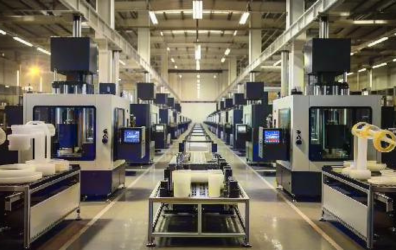
Injection Molding vs. 3D Printing: Which is Right for Your Project?
Orjo Bora
15-11-2024
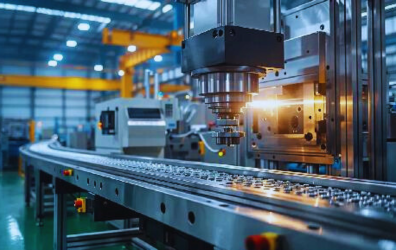
Common Injection Molding Defects and How to Avoid Them
Orjo Bora
15-11-2024
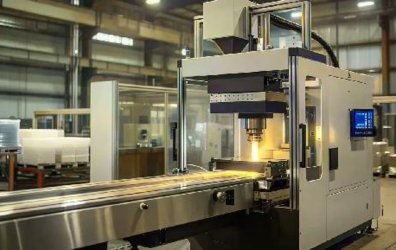
Cost Analysis of Injection Molding: Understanding Setup and Production Expenses
Orjo Bora
15-11-2024
